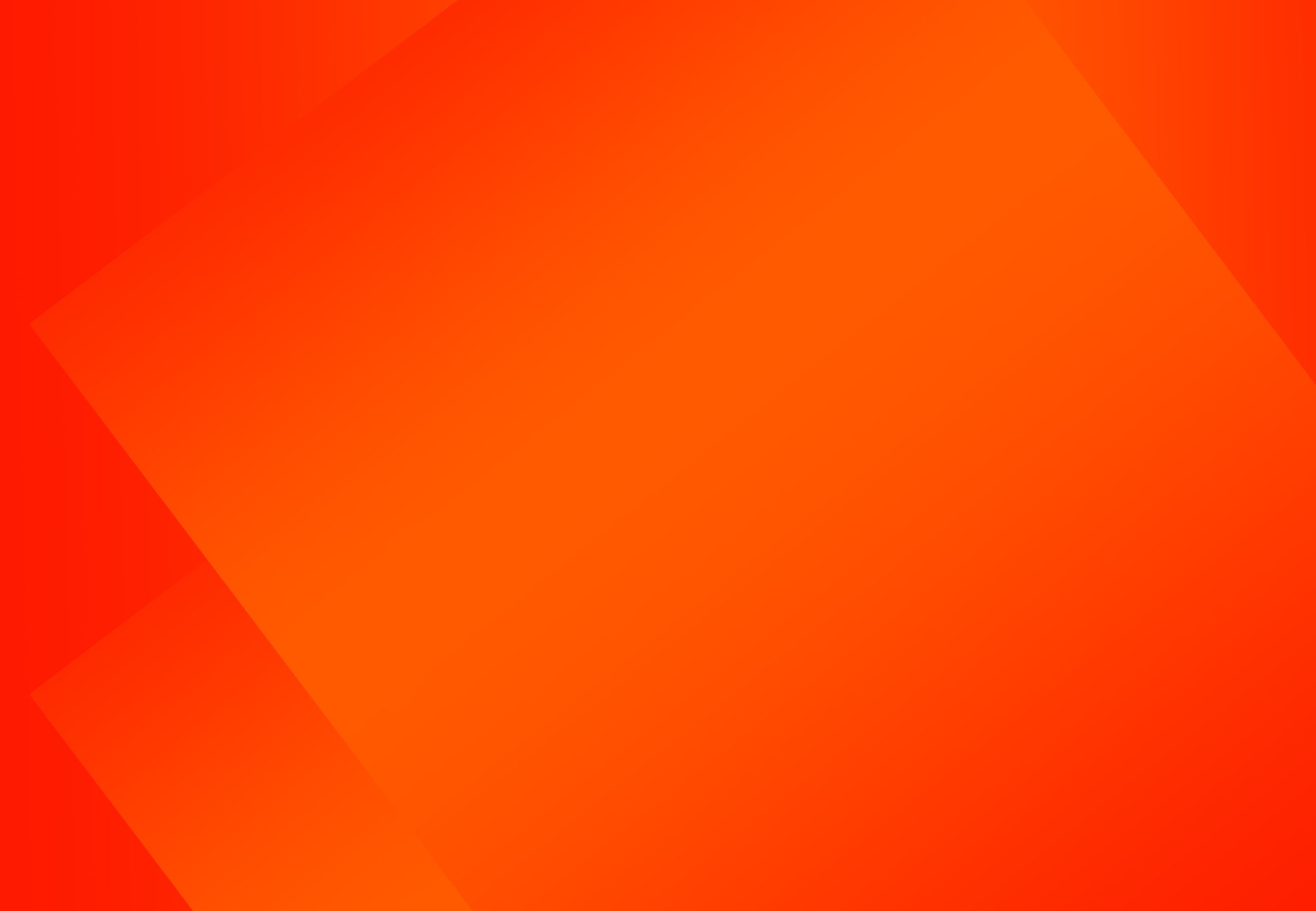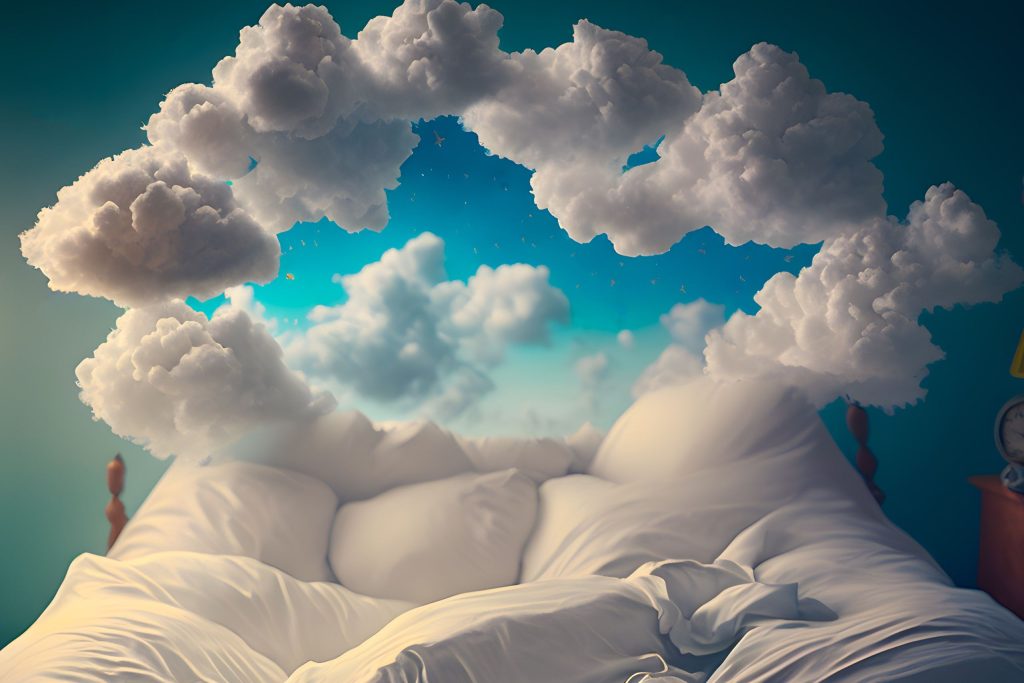Screen Strain: Shedding Light on the Dark Side of Blue Light
Read time: 5 minutes
In this tech-savvy era, our lives are inevitably intertwined with screens, be it for work or play.
But amidst the digital dazzle, there’s an insidious culprit silently disrupting our body’s delicate equilibrium: blue light.
You might not realize it, but that Instagram scroll or late-night Netflix binge could be wreaking havoc on your hormonal harmony and fitness dreams.
Ok, not could… IS!
When we gaze into the abyss of our screens, the influx of blue light infiltrates our system, affecting our internal chemical orchestra.
Melatonin, our body’s sleep hormone, often takes the first hit.
Blue light suppresses its production, throwing our natural sleep-wake cycle into disarray.
With disrupted melatonin levels, our once peaceful slumber can turn into a restless battle, leaving us tossing and turning through the night.
There’s more.
Adenosine, the drowsy neurotransmitter that gradually builds up throughout the day, gets a backstage pass as well.
Blue light disrupts its steady rise, leading to a false sense of wakefulness.
We find ourselves pushing through the day like tired marathon runners, struggling to keep up the pace without the natural boost adenosine provides (coffee by the way masks adenosine).
The aftermath of this biochemical chaos isn’t confined to the night; it seeps into the daylight hours, affecting our overall hormone balance.
With disrupted sleep patterns, our cortisol and insulin levels are out of whack, triggering a cascade of stress responses that can leave us feeling wired and tired simultaneously as well as being vulnerable to unhealthy cravings.
This hormonal rollercoaster isn’t just a bumpy ride; it’s a roadblock to achieving our fitness goals.
It keeps us in a low gradual stress mode which makes that layer of body fat you want to lose stubborn as a mule on a rainy day.
Speaking of fitness, the impact of blue light on our physical well-being can be a silent saboteur.
Sleep deprivation stemming from prolonged screen exposure WILL diminish our motivation to manage effective nutrition and exercise.
With fatigue clinging to our bones, the road to fitness becomes more of a lethargic crawl.
So, what can we do in this digital age to reclaim our hormonal harmony and reignite our fitness aspirations?
The solution lies in conscious screen management and the incorporation of healthy habits into our daily routine.
- Establishing a screen curfew.
- Investing in blue light filters.
- Incorporating sleep hygiene practices can help mitigate the disruptive effects of blue light on our body’s natural rhythm.
Cultivating an environment conducive to quality sleep, such as creating a calming bedtime routine and optimizing sleep-friendly surroundings, can pave the way for a cracking night’s sleep.
Incorporating regular exercise and mindful movement into our schedule can counteract the sluggishness induced by disrupted sleep, propelling us towards our fitness milestones with renewed vigor. not allow the allure of the screen to eclipse our well-being.
For those who say they are too tired to work out?
Drop the pressure of exercise, and just do something, trust me, it will help rejuvenate and prepare you for a better sleep pattern, rendering the tiredness speed bump into a nice smooth flat piece of road…
It’s time to brighten your sleep, and illuminate the path to a healthier, more energetic tomorrow… by umm, turning the screens off.
When it comes to our well-being, every wavelength matters.
So, let’s say au revoir to the screen-induced slumber saga and embrace a more vibrant, well-rested, and hormonally balanced life because when we find the right light balance, everything else starts to fall into place.
Energy, motivation, flat stomach, and everything else a fit and healthy person embodies.
This isn’t about being boring and deprived, it’s about striking the perfect chord between digital engagement and holistic well-being.
It’s time to screen smart and sleep smarter.
Your body will thank you, and your fitness goals will no longer be a distant dream, but a well-lit reality 😉 Yep, I know I’ve ‘exhausted‘, the sleep-related puns.
Now, let’s turn off those screens, dim the lights, and let our bodies revel in the sweet embrace of melatonin’s gentle lullaby.
Committed to your health,
– Coach Paul
![]()
Reference list:
- Blume, C., Garbazza, C., & Spitschan, M. (2019). Effects of light on human circadian rhythms, sleep and mood. Somnologie, 23(3), 147-156.
- Goyal, M., Singh, S., Sibinga, E. M., Gould, N. F., Rowland-Seymour, A., Sharma, R., … & Ranasinghe, P. D. (2014). Meditation programs for psychological stress and well-being: a systematic review and meta-analysis. JAMA internal medicine, 174(3), 357-368.
- Figueiro, M. G., & Rea, M. S. (2016). The effects of red and blue lights on circadian variations in cortisol, alpha amylase, and melatonin. International Journal of Endocrinology, 2010.
- Duffy, J. F., Cain, S. W., Chang, A. M., Phillips, A. J., Münch, M. Y., Gronfier, C., … & Klerman, E. B. (2011). Sex difference in the near-24-hour intrinsic period of the human circadian timing system. Proceedings of the National Academy of Sciences, 108(Supplement 3), 15602-15608.
- Chang, A. M., Aeschbach, D., Duffy, J. F., & Czeisler, C. A. (2015). Evening use of light-emitting eReaders negatively affects sleep, circadian timing, and next-morning alertness. Proceedings of the National Academy of Sciences, 112(4), 1232-1237.

